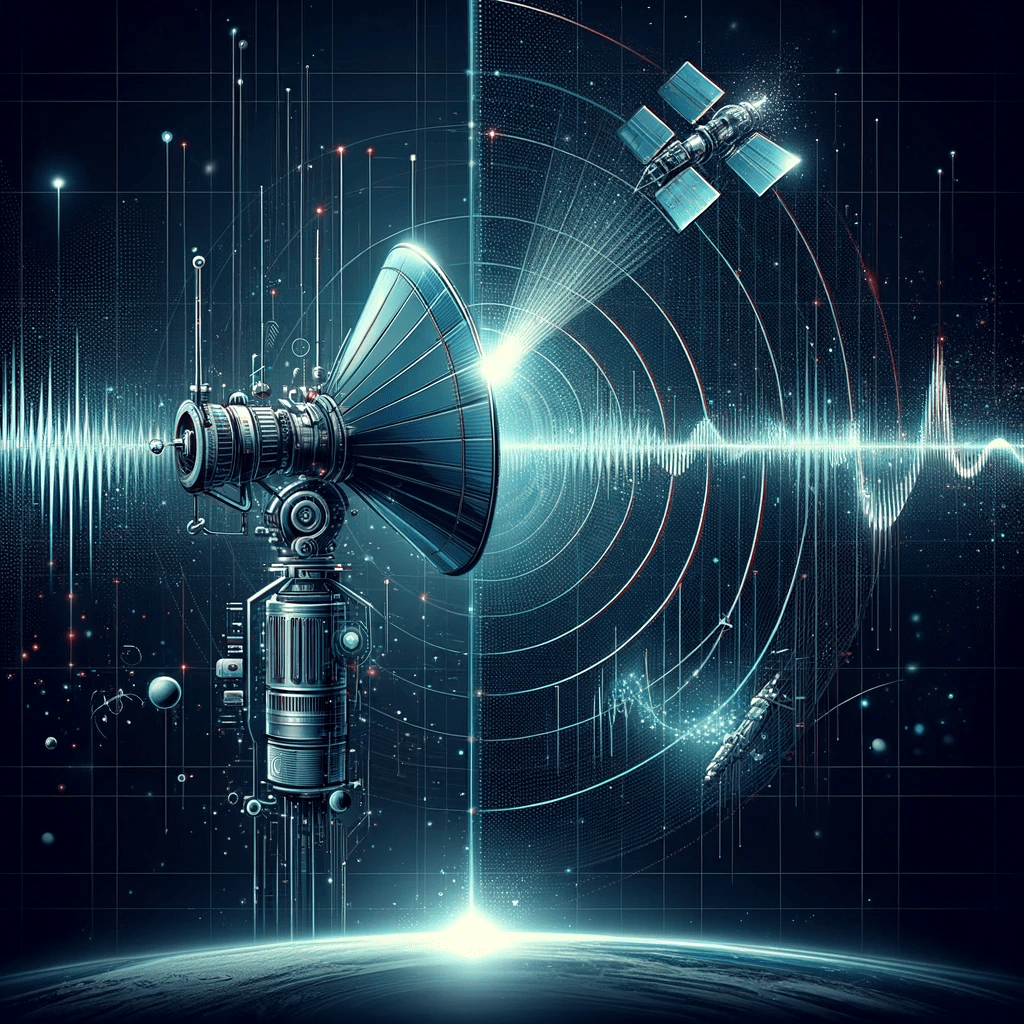Space Fence

The Space Fence, an advanced radar system designed and developed by the United States Air Force in collaboration with Lockheed Martin, stands as a testament to the expanding realm of space technology and our growing concerns about the safety of assets in orbit. Its primary purpose is to monitor and track space debris that could potentially threaten satellites, space stations, and other space-based assets. While the concept of a radar system monitoring space isn’t entirely novel, the sophistication and capabilities of the Space Fence represent a significant advancement in this area.
The Space Fence, now operated by the U.S. Space Force, entered operational capability in March 2020, boasting an impressive radar system located on Kwajalein Atoll in the Marshall Islands. Its strategic location allows the radar to cover a wide area, providing high-resolution tracking data for objects in low Earth orbit (LEO) and beyond.
The Space Fence operates within the S-band frequency range, offering advantages over traditional radar systems. The S-band frequency is less impacted by atmospheric conditions and can detect smaller objects with more accuracy. This is a crucial aspect given that even tiny pieces of debris, moving at extremely high velocities, can cause catastrophic damage to satellites and space stations.
- The Space Fence can track objects as small as a softball. This capability is a significant improvement over its predecessor, the Air Force Space Surveillance System, which could only reliably track objects about the size of a basketball (Source: Lockheed Martin).
- By 2021, the Space Fence had catalogued more than 26,000 objects, a huge leap compared to the estimated 14,000 tracked by its predecessor (Source: U.S. Space Force).
- The Space Fence’s radar system is based on Gallium Nitride (GaN) powered solid-state technology, providing more sensitivity and requiring less power than previous technologies (Source: Lockheed Martin).
Dr. Brian Weeden, Director of Program Planning for the Secure World Foundation, lauded the system as a major step forward in space situational awareness. He noted that the ability to detect smaller objects is crucial in managing the increasing congestion in space (Source: Space News).
“The Consequential Frontier: Challenging the Privatization of Space” by Peter Ward looks into the importance of systems like the Space Fence in managing the growing issue of space debris. He outlines how our increasing dependence on space-based technology necessitates advanced monitoring systems to ensure the safe operation of these assets.
An article in The Washington Post highlighted how the Space Fence is key to preventing catastrophic collisions in space and maintaining the viability of space-based infrastructure like satellites and the ISS. The article further underscored the role of the Space Fence in providing accurate, real-time data to satellite operators, enabling them to maneuver their assets out of harm’s way when needed.
The ability of the Space Fence to track smaller objects is crucial due to the nature of space debris and the threats it poses to operational spacecraft.
Even small debris, if moving at high velocities typical of orbital speeds, can cause significant damage. To give you an idea, objects in low Earth orbit (LEO) can travel at speeds up to 28,000 kilometers per hour (17,500 miles per hour). At these speeds, even a small object, like a piece of debris the size of a softball or smaller, can cause catastrophic damage to a satellite or the International Space Station. This is often referred to as the “kinetic bombardment effect,” where the high kinetic energy of a small mass can have a significant destructive impact.
By being able to track smaller objects, the Space Fence increases the chances of detecting potential collision threats, thereby improving the safety and operational lifespan of space assets. This enhanced capability provides satellite operators with more accurate and timely information, enabling them to make necessary maneuvers to avoid potential collisions.
Furthermore, by tracking these smaller objects, we can better understand the density and distribution of space debris in different orbits, which is valuable information for future satellite deployments, mission planning, and potential development of space debris mitigation or removal technologies.
The Space Fence is a detection and tracking system—it does not have the capability to physically interact with or alter the path of space debris. By providing a higher degree of situational awareness, it allows us to safeguard valuable space assets, paving the way for safer exploration and utilization of space. As we continue to expand our reach into the cosmos, systems like the Space Fence will only become more essential.


